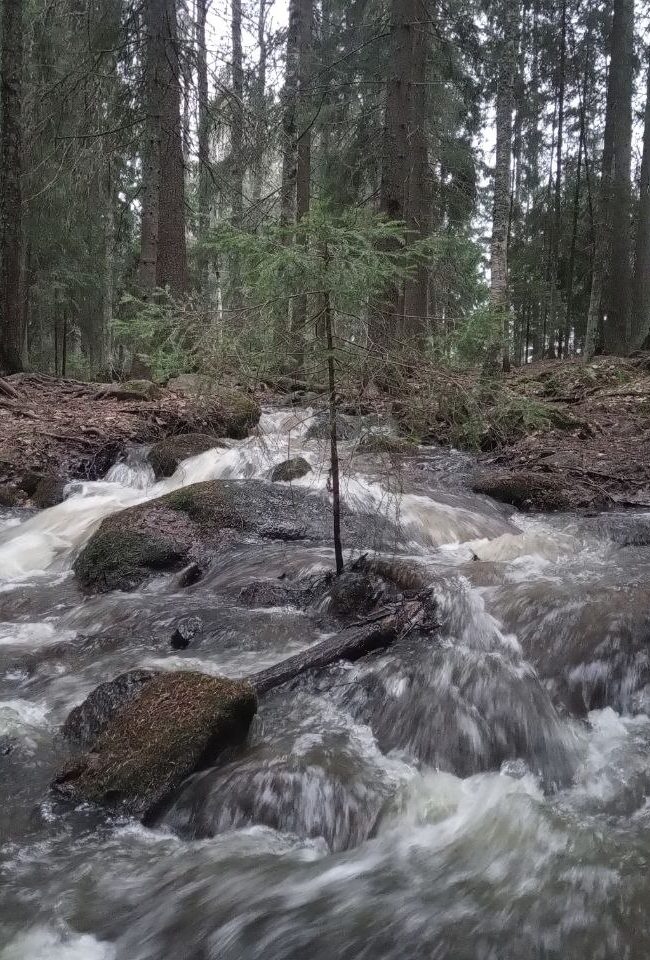
The Podcast Experience
Esseen tyyppi: Blogiessee / 1 esseepistettä.
Podcasts have become an incredibly popular option for educating yourself on topics that are important to you. For many people, me included, podcasts are an easier and a more enjoyable way to gain new knowledge. rather than sitting down to read a book or listening to a lecture, you can choose a topic of interest at any point of the day, no matter where you are. Whether you’re sitting on a bus, going for a walk, or just doing daily chores like cleaning or cooking, you can listen to a podcast and make that time useful. Inspired by these content creators, we decided to give it a go of our own and create our first podcast as students and entrepreneurs.
Now the process of recording a podcast episode seemed fairly simple in the beginning. Sit into a podcast room, put some headphones on, hit record and watch the magic happen. Well, long story short, it wasn’t. After an hour and a half, we got our equipment and software working and were ready to start recording. And just to clarify, we intended to get the podcast done in a total of two hours. Nevertheless, the conversation itself went smoothly and the episode came out more or less the way we intended it to, a relaxed conversation with teammates about the experiences that we’ve had during the summer as first-time entrepreneurs.
However, even though we thought we had thoroughly checked our equipment in the beginning of the podcast, it seemed that we only had one microphone recording throughout the entire episode. After realizing the error, I made, I started to investigate the options. Option A would be to record the entire episode all over again, but that didn’t seem to attract much enthusiasm. Option B would be to release the episode just as it is and hope that it doesn’t bother the listeners that much and they would still hear the conversation fine. But I didn’t really feel like going where the fence is the lowest so I chose option C, which was to find a way to edit the episode in a way that the sound can be somewhat higher quality.
After an almost hour-long tutorial on how audacity works and a few pointers from ChatGPT, the episode was at the point of “good enough” in my books. Looking back at this experience from a learning perspective, there’s a few things that come to mind. The first lesson is that when scheduling tasks that are completely new to you, think of a timeframe that seems reasonable to you and double it. In this case, we thought that we would be in and out of the recording studio in two hours with the podcast uploaded – well, it took me nearly two hours just to get the podcast fixed and uploaded with minimal editing. The second lesson is that with a little bit of planning, you can save many hours. If we had just made sure that everything was in order before recording, we would have saved a lot of time and effort from yours truly.
Nevertheless, it’s how the old saying goes, “you learn best from your mistakes” and here it proved itself yet again. Looking at it from the bright side, I now know how to use and edit podcasts with Audacity and how to use the podcasting equipment at our facilities. And we all realized that the actual process of making a podcast was really enjoyable and I’m sure that there will be more podcasts like this in the future! Just hopefully with less problems and better quality!
Source:
Stratvert, K. (2021) how to use audacity to record & edit audio | beginners tutorial, YouTube. Available at: https://www.youtube.com/watch?v=yzJ2VyYkmaA&ab_channel=KevinStratvert (Accessed: 19 October 2023).



